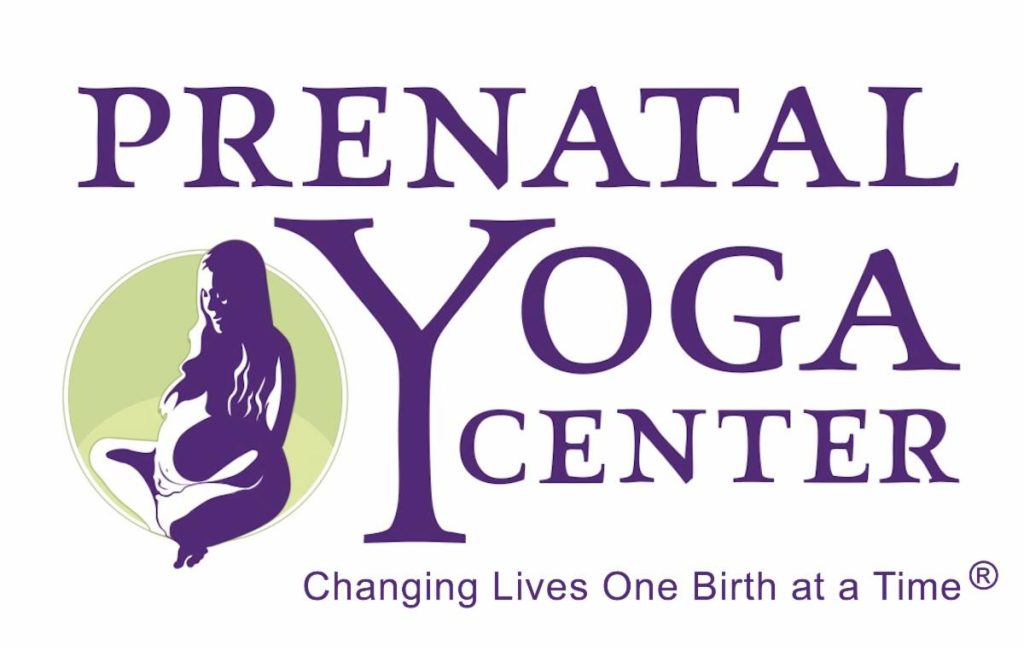The other day I was reading through some blogs and came across a story about the correlation between Vitamin D deficiency and an increased risk of C-sections. The article, Vitamin D deficiency ups risk of C-section deliveries, study says, is featured in Scientific America. Funnily enough, that same day, one of my students came up to me before class informing me that her general care practitioner notified her that she is deficient in vitamin D and asked if I knew the correct amount a pregnant mom should take? Well, I didn’t know that information off the top of my head, but told her I would look into it especially since I had just read about the relationship between vitamin D and cesareans.
So, I spent some time today searching around the internet for this information and even called my own doctor. He didn’t know the correct amount, either. I did find a recent article that explains how much a pregnant mom should consume daily. According to the Vitamin D Counsel, “Of particular concern is a deficiency of the vitamin among pregnant women, as low levels can have a negative impact on both the mother and the child. Unlike the United States, the United Kingdom has specific dose recommendations on Vitamin D for pregnant women: 10 micrograms daily. Pregnant women in the United States, however, generally follow the guidelines for adequate intake for all adults at 5 micrograms per day (200 IU).
Pregnant women who are Vitamin D deficient are at increased risk of preeclampsia, gestational diabetes, and bacterial vaginitis. Some studies show that infants born to Vitamin D deficient mothers may be at greater risk of low birth weight, lower respiratory tract infections, asthma, and weak bones.” Another concern is Vitamin D is definitely involved in muscle strength . contractions of the uterus [which is made of smooth muscle] may not be performing as well as they could be,” making it difficult for the woman to help push the baby out herself.
Sunlight exposure is a good way to get Vitamin D, since exposure causes our bodies to produce it. However, with winter coming on, I would suggest exploring other options to get vitamin D. I typically try to get my nutrients from whole foods (meaning not processed foods, not from the supermarket). With that in mind, here is a list of foods rich in Vitamin D
Cod liver oil 1 tablespoon 1,360 IU (International Units)
Salmon, chinook, baked/broiled, 4 ounces 411.00 IU
Sardines, canned in oil, drained 1¾ ounces 250 IU
Shrimp, steamed/boiled 4 ounces 162.39 IU
Orange juice, fortified with vitamin D 8 ounces 100 IU
Cow’s milk, 2% 1 cup 97.60 IU
Cod, baked/broiled 4 ounces 63.50 IU
Egg, whole, boiled 1 each 22.88 IU
Along with Vitamin D, there are some other nutrients that will help prepare your body for labor and postnatal healing. Here are some suggestions:
FOR LAST MONTH OF PREGNANCY
BY: Sandra Fields, CNM, NYC Home Birth Midwife
Food suggestions contributed by Luisa Gui
TEA COMBINATION DRINKS:
Raspberry Leaf Alfalfa Leaf Comfrey Leaf
(all of these teas help to tone and strengthen the uterus) 2-3 cups a day
YOGURT AND ACIDOLPHILUS : daily, 8 oz . prevents yeast infections
COOKED GREEN LEAFY VEGATABLES DAILY : Good for Vitamin K source to stop hemorrhaging
INCREASED POTASSIUM FOODS: fish, soybeans, fruits and veggies to help in the muscle strengthening
DECREASE SALT INTAKE: only in the last month
VITAMIN C 3-5 grms./day, calcium ascorbate powder in juice prevents perennial tears. ý tsp. 4x/day in juice. Food options: Citrus fruits, bell peppers, green beans, strawberries, papaya, potatoes, broccoli and tomatoes
VITAMIN E: 600 IUâÂÂs daily, prevents jaundice in baby and promotes tissue elasticity and muscle strength. Food options: Vegetable oil, wheat germ, nuts, spinach, fortified cereals
ZINC: 10-15 mgs./daily, 1-2 weeks before due date. (This could already be in prenatal vitamin, please check) promotes more rapid and efficient labor and tissue elasticity. Food options: Red meats, poultry, beans, nuts, whole grains, fortified cereals, dairy products
VITAMIN B COMPLEX : 50 mgs of this 2x/day and only 1x if in prenatal vitamin. This protects you from stress during labor and birth. Food options: Whole grains, fortified cereals, wheat germ, organ meats, eggs, rice, berries, legumes, meat, poultry, fish, liver, chicken, spinach, bananas, kale, broccoli, brown rice and oats
PROTEIN: maintain 80-100 grams a day. Food options: Red meats, poultry, beans, nuts, whole grains, fortified cereals, oysters, dairy products
PERENNIAL MASSAGE NIGHTLY
Here is a recipe from Luisa Gui called “Green Extravaganza Pesto Farfalle”:
Start with a bunch of dark leafy green vegetables to boil or steam. For example, broccoli, kale and spinach. (A very powerful team of Vitamin A, E, C B6, Carotene, Folic Acid, Iron and Calcium)
After boiling the three ingredients, strain and put in a blender.
Add a small handful of walnuts (rich is B1, B3, B6, Folic Acid, protein and zinc)
Enhance the mixture with a bit Parmesan cheese (high in Calcium, B2, B3 and protein)
Add a few drops of lemon juice (good source of Vitamin C)
Add a few drops of olive oil (good source of Vitamin E) and a few drops of low sodium soy sauce or tamari.
Blend all together until the texture is creamy
After preparing your al dente pasta of choice, it could be whole wheat pasta, kamut, spelt, get creative! Save a little of the pasta water to add to the combination of the pesto mixture and pasta to maintain a smooth consistency.
Top your pesto pasta with raw butternut squash flakes by grating the squash with a cheese grater. (Adding a pinch more Vitamin A, B,C and Carotene)
Before putting the fork in your mouth, take a moment to feel the warmth of the food and smell the ingredients. While you eat, look at the food, as recommended in Ayurveda. You and your baby will be happy and feel all the love of nature.






